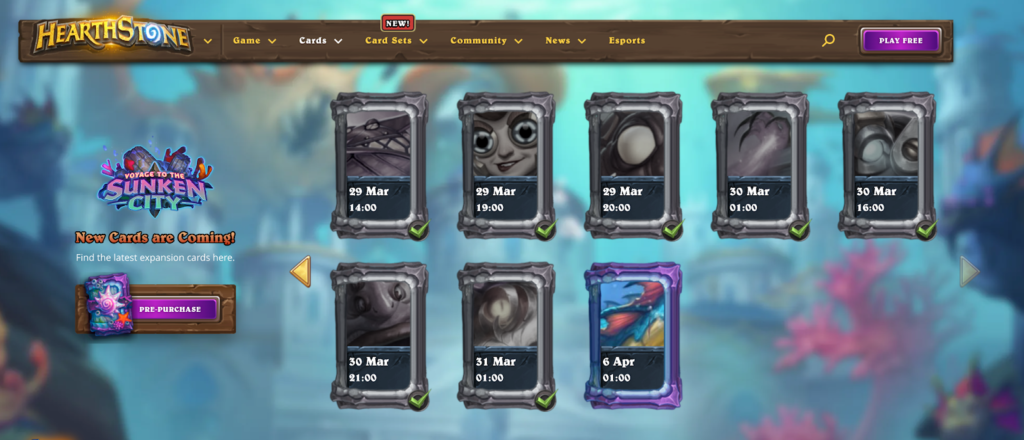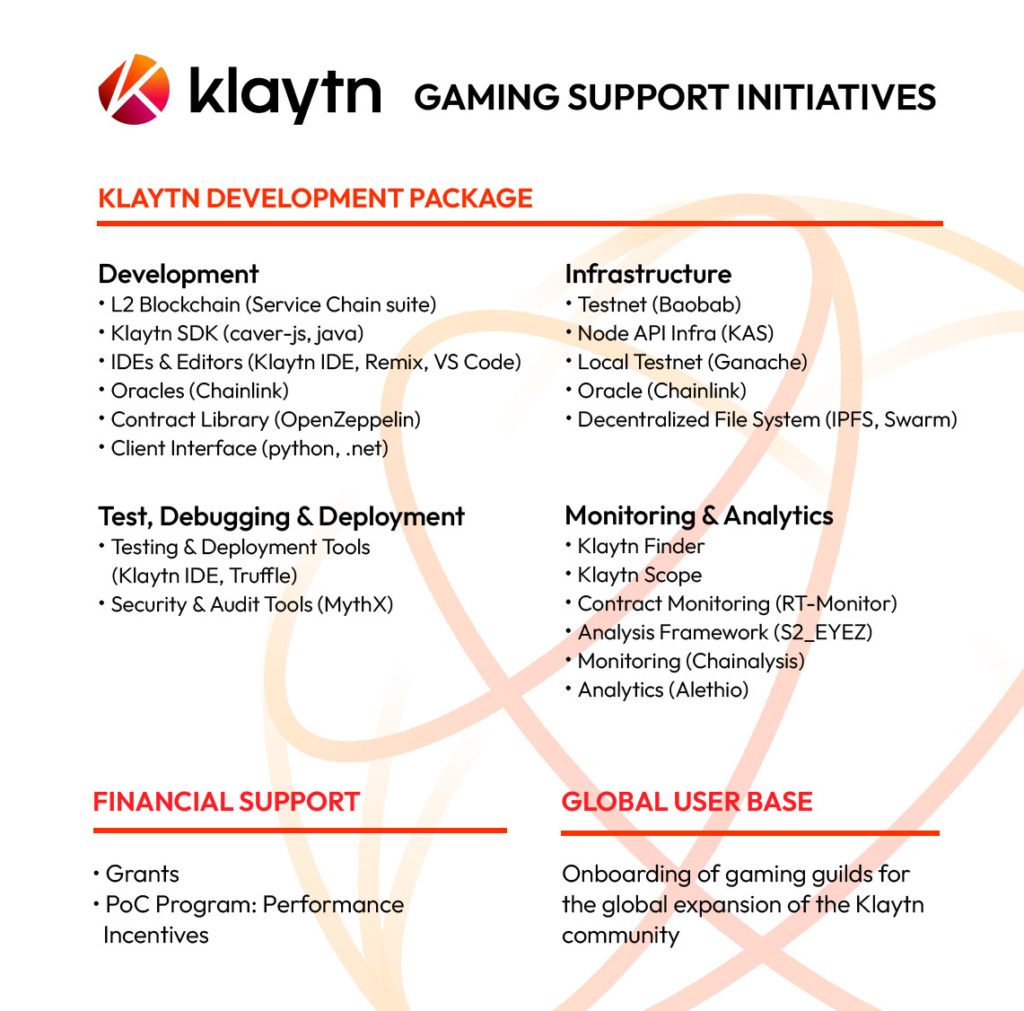
TL;DR
- P2E business models already exist in the gaming industry but traditional gamers have largely shunned the recent integration of NFTs.
- The core issues lie with the high barriers to entry and inadequate gaming experience.
- Blockchain-based game developers should focus on creating use cases and more robust standards.
- A gaming package offered by the Klaytn blockchain could help take P2E games to the next level.
Current play-to-earn (P2E) crypto game models are getting it wrong. They are simply unsustainable, with traditional gamers questioning whether they are a Ponzi scheme. The integration of non-fungible tokens (NFTs) and other digital assets into video games is largely to blame.
The premise for P2E is simple – through gameplay, players can earn income or assets in the forms of blockchain-based rewards like tokens and NFTs. The truth is, these models have been thriving in the game space for a long time. So it begs the question: why the backlash among traditional gamers?
It can be argued that P2E itself is not the main issue. The actual problem stems from its current implementation in the blockchain space, particularly the introduction of NFTs. It is simply not compatible with the gaming industry’s user demands. If blockchain-based game developers want to get in on the market, they must understand existing pain points and rectify their business models accordingly.
P2E is not new
Income-generation models are not new in the gaming community. Microtransactions and play-to-win models already exist in the likes of paid upgrades, loot boxes, skin purchasing, and more.
Take Hearthstone, a popular digital collectible card game, for example. It essentially uses the P2E model, but only within its gaming ecosystem. Players draw out cards to battle their opponents. By winning matches and completing daily quests, they can earn in-game gold to purchase game packs. Items can also be bought with real world money, but most players will happily grind away. The game’s interesting mechanics keep them wanting more.

There are other successful games with similar models in the world of MMORPGs. Space-based multiplayer game EVE Online is still going strong nearly 20 years after its launch. Players spend their time grinding out in-game tokens and buying ships worth thousands of fiat currency to wage war against each other. Newer games, like Genshin Impact, are monetized through certain mechanics where players can obtain new characters, weapons, and other resources.
It’s clear that ownership of in-game digital assets has existed for a while. So when NFTs came along, why did gamers start revolting? A key issue lies with the high barrier to entry. A player who wants to start playing P2E games has to shoe out money before they even start – sometimes hundreds of dollars worth of NFTs! It is a mechanism that is often seen as fleecing, making predatory behavior – and even scams – a recurring problem in the industry. In this sense, is it so surprising that traditional gamers are skeptical of P2E games?
Gamers revolt
The reality of current P2E models is that they are more focused on investing rather than playing. This idea is built around the fact that NFT items have the possibility of increasing in value. Yet this could mean that in a bear market, players stand the chance of losing all their assets while game developers amass billions in return. Such cash-grabbing trends are worrying, to say the least. The capitalization of gamers by a central entity goes against the narrative of Web 3, which promises decentralization and global equality.
There are not only elements of distrust at work. Blockchain-based games run the risk of sacrificing gaming content and experience for the sake of monetization. So far, P2E games tend to be limited in their gameplay and genre. Most focus on in-game lands, staking, breeding and other blockchain transactions. Unlike traditional games format, P2E games generally lack a concrete storyline to drive a main focus.
The high emphasis on NFTs in P2E gameplay not only ruins the content for traditional gamers. It has also killed the point of grinding by giving so-called “whales” – the market’s biggest spenders – an edge in these games. It raises the question as to what’s in it for the rest of us.
Sink or swim
The integration of NFTs in gaming is still somewhat alien to the average gamer. They will tend to see the model as a friction rather than a value added to the game experience. Instead of forcing traditional gamers to accommodate, the blockchain industry must adapt in order to achieve mass adoption. Otherwise, developers can expect negative knee-jerk reactions to continue.
In order to draw up a sustainable game model while living up to the ideals of Web 3, the blockchain industry should be focusing on these fundamentals:
- Lowering the cost and barrier to entry for game developers
- Providing game companies with necessary tools at cheaper cost
- Giving players the option to NFT-ize their items
- Building more robust NFT standards to accommodate gaming needs
In this sense, what the Klaytn blockchain offers could be a game changer. Not only does it provide lower transaction costs and delegated fees, the open-source platform is leading the charge in distributed non-fungible tokens (dNFTs) or fractionalized NFTs. This standard allows multiple ownerships for a single NFT. For use cases that require provable authenticity and decentralized ownership, like game digital assets, dNFT is the better alternative.
What’s more, Klaytn has been working on an end-to-end gaming package. Think Adobe Creative Cloud for game developers wishing to build on the metaverse. It includes:
- An L2 side-chain solution and accompanying tooling for large projects to build
- An ecosystem chain explorer for fetching and visualizing blockchain data
- Various SDKs for connecting to Klaytn, managing game engine integrations, and connecting to other large ecosystem pieces
- An open source DEX and NFT marketplace for simple assetization and asset commerce, and so much more!

With these tools, developers can easily focus on creating more elaborate and exciting game experiences. After all, no amount of rewards will keep gamers playing for long!
Think like a gamer
There’s a future for P2E games, but we must change course. The ideal strategy involves developing a sustainable model that uncouples such games from the idea of cash grabs. If game developers can focus on proving authentic use cases, they could eventually win the hearts of all gamers alike.
